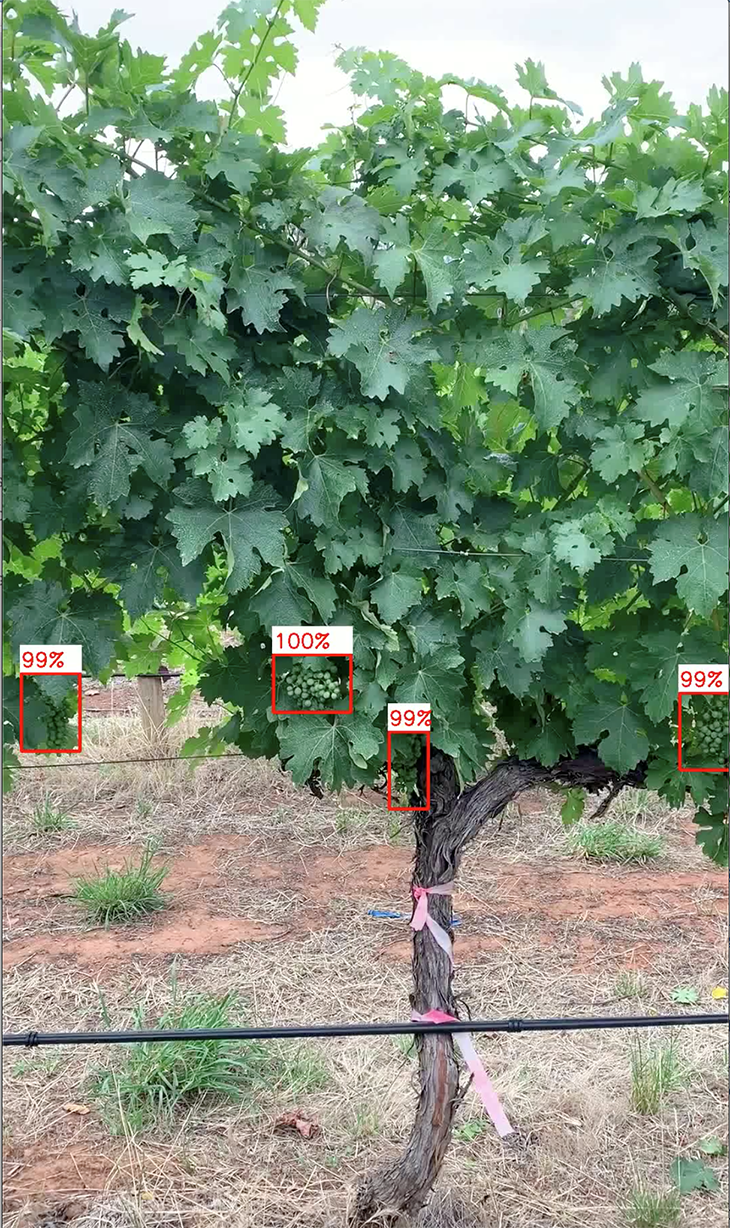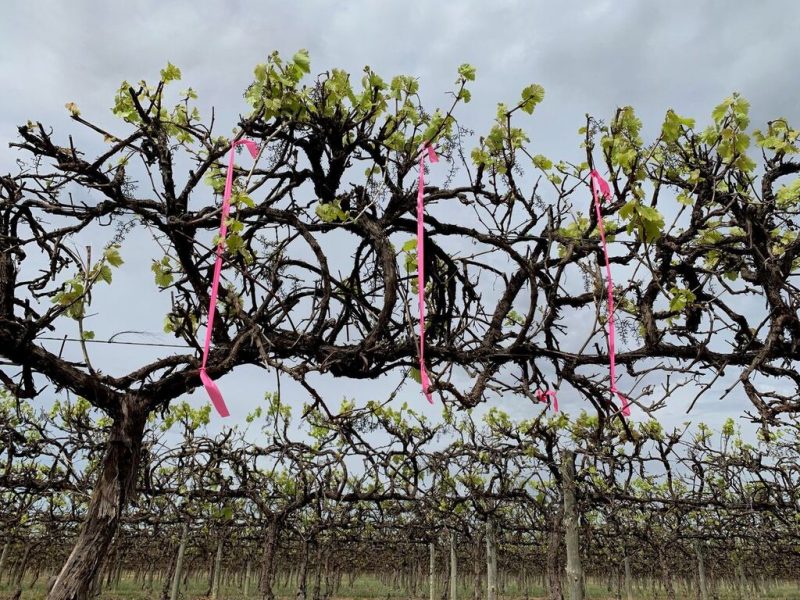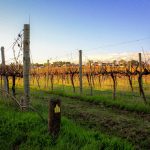Helping grapegrowers optimise their irrigation water use will be one of the first outcomes of a $5 million digital technologies project supporting on-farm decision making for winegrape production.
A digital platform called VitiVisor will collect information direct from the vineyard via cameras and sensors and analyse the large amounts of data produced to assess vineyard performance.
For the first time, it will offer coordinated advice on management practices such as irrigation, pruning, fertiliser, fungicide and pesticide applications.
In the vineyard, cameras and sensors will collect and analyse the performance of a vineyard, for instance measuring canopy growth, fruit production, sap flow and soil moisture.

This will allow growers to track and predict how key management actions such as application of water, fertiliser and herbicides and various canopy management strategies relate to vineyard outcomes such as fruit yield and quality.
The information will be displayed as a dashboard, giving growers a quick snapshot of what is happening in their vineyards. They will be able to simply and easily share information about their vineyard performance with their advisors.
“As Australia’s largest wine-growing region, we have unique needs because of the scale of our operations and market position,” said Chris Byrne, executive chair of Riverland Wine.
“The pilot project conducted last season indicates there is great potential to provide growers with simplified advice on management practices to bring significant improvements to the bottom line.
“This project is a key element of Riverland Wine’s strategic plan, to transition our industry to the new wine era through building members’ knowledge, rebuilding the brand and influencing industry decisions.
“This technology will empower and enable growers to achieve excellence in all aspects of their wine growing and winemaking.”
Led by the University of Adelaide, the project is a collaboration between the University, Riverland Wine and Wine Australia, with support from UniSA and Primary Industries and Regions SA (PIRSA).
The project is being developed in partnership with Riverland growers but the end product will be open to, and usable by, all growers.
VitiVisor brings together researchers in viticulture, engineering, remote sensing, farm economics, water accounting, artificial intelligence, machine learning and robotics, with grapegrowers possessing deep knowledge of vineyard production and processes from the Riverland wine region.
“The University of Adelaide has key strategic priorities in agrifood and wine and has deliberately aligned itself with industry and state needs,” said project supervisor Professor Andy Lowe.
“By bringing together experts from a range of disciplines across the University, with industry expertise and leadership from within the Riverland region, we will help improve resource use and vineyard performance and therefore, returns for growers.”
Importantly, the vineyard level information will be combined with market and farm cost information to provide guidance on making the best decisions to maximise farm returns.
Wine Australia chief executive officer Andreas Clark said the project was an exciting collaborative effort that could have enduring benefits for the grape and wine community across Australia.
“Technology in viticulture has been evolving at a rapid pace and it’s exciting to see an integrated approach to developing a single, open-source system that will combine many of these advances to help support decision making for grapegrowers all around Australia,” said Clark.





















